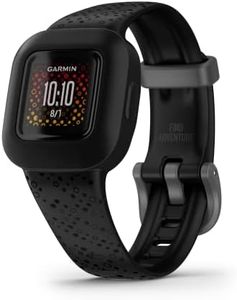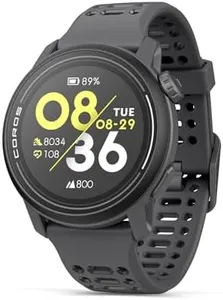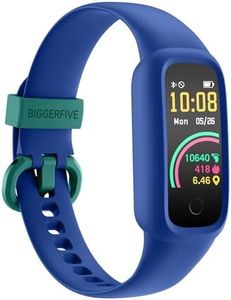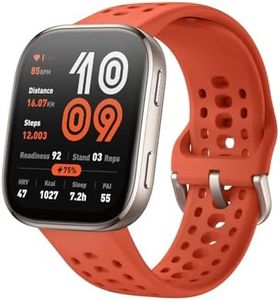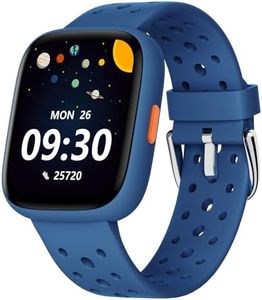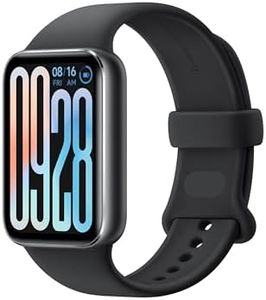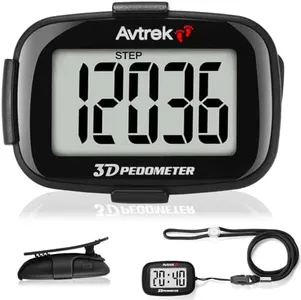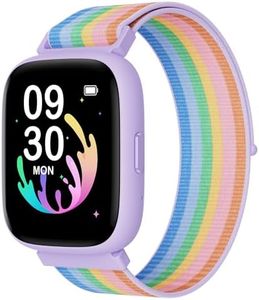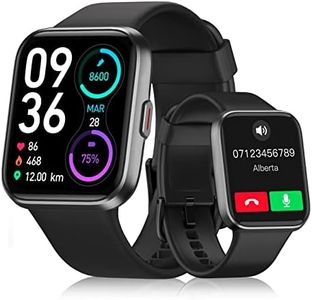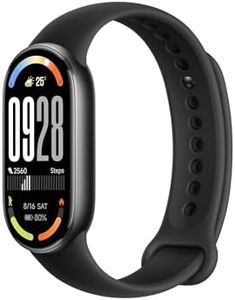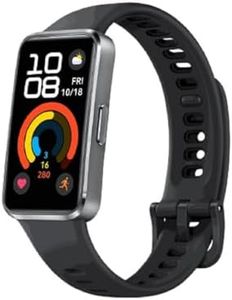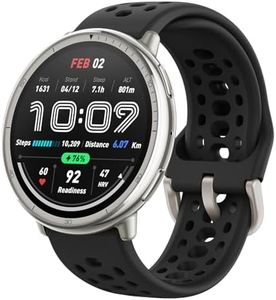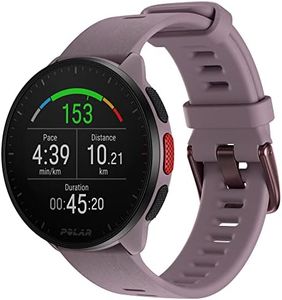We Use CookiesWe use cookies to enhance the security, performance,
functionality and for analytical and promotional activities. By continuing to browse this site you
are agreeing to our privacy policy
10 Best Step Counters
From leading brands and best sellers available on the web.By clicking on a link to a third party's website, log data is shared with that third party.
Buying Guide for the Best Step Counters
Choosing a step-counter, also known as a pedometer or activity tracker, is a great way to monitor your daily movement and motivate yourself towards a healthier lifestyle. There are many types available, ranging from basic models that simply count your steps to more advanced devices that track multiple health metrics. The best fit will depend on how you plan to use the device, your activity level, and whether you want basic tracking or deeper fitness insights. Consider what motivates you—whether it's seeing your daily movement, competing with friends, or monitoring other aspects of your health—and focus on features that support those goals.Step Counting AccuracyStep counting accuracy refers to how reliably the device detects and records each step you take. It's important because you want the data to reflect your actual activity level, otherwise you may overestimate or underestimate your progress. Simpler pedometers use a basic mechanical sensor and can be less precise, especially if worn incorrectly, while more advanced models use accelerometers and algorithms to filter out false steps. If you mostly walk straightforwardly on flat ground, a simpler device may be enough. However, if you do activities like running, climbing stairs, or household chores, look for a tracker known for accuracy in varied movements.
Display Type and SizeDisplay type and size describe how information is shown to you—whether on a small screen, LED lights, or even just via a smartphone app. A built-in, easy-to-read display lets you check your step count and other stats at a glance, which is practical if you don't want to carry your phone. Smaller or no-display models can be more discreet and lightweight, but you may need to sync them to your phone to view your data. If you like instant feedback, prioritize a larger, well-lit display. If you prefer minimalism, a simple or app-only tracker may suit you better.
Battery LifeBattery life indicates how long the step-counter will function before needing a recharge or new battery. Some basic step-counters run for months on a coin cell battery, while smart activity trackers often need recharging every few days or up to a week. Longer battery life is convenient if you don't want the hassle of frequent recharging, but rechargeable batteries can support more features. If you just want to count steps day after day without fuss, look for models with long-lasting batteries. If you're okay with charging your device regularly for extra features, a shorter battery life might be acceptable.
Wear Style and ComfortWear style and comfort refer to how and where the device is worn—on the wrist, clipped to clothing, or even in a pocket. This is important because a comfortable and convenient device is more likely to be worn consistently. Wristbands are popular and always accessible for checking stats, but some may find clips or pocket models less intrusive. If you frequently wear watches or bracelets, consider a clip-on style to avoid wrist clutter. Comfort depends on your daily activities and personal preference, so try to imagine which style would best fit into your routine.
Water ResistanceWater resistance determines how well the step-counter can handle sweat, rain, hand-washing, or even swimming. This matters if you plan to wear your tracker all day, in various conditions. Some basic models can handle only splashes, while others are suitable for showers or swimming. If you're active outdoors or want to track steps in all conditions, look for better water resistance. If you take your tracker off for activities like washing or swimming, you may be fine with basic splash protection.
Additional Fitness Tracking FeaturesSome step-counters offer extra features like heart rate monitoring, sleep tracking, caloric burn estimates, reminders to move, or smartphone notifications. These add layers of insight but also increase complexity and often require regular syncing with a phone app. If you're curious about a broader picture of your health, features like heart rate and sleep tracking could be useful. If you want a device focused purely on counting steps, you can skip these extras. Decide based on whether you're motivated by more comprehensive fitness data or prefer to keep things simple.
App Integration and Data SyncApp integration refers to the ability of your step-counter to sync with a smartphone or computer app to store and analyze your activity data over time. This is valuable if you enjoy seeing progress graphs, setting goals, or sharing your results with friends. Some devices require manual syncing, while others do it automatically via Bluetooth. If ongoing motivation and tracking trends matter to you, pick a model with a robust app and easy syncing. If you're just curious about your daily totals and less concerned with long-term trends, app features can be less of a priority.
